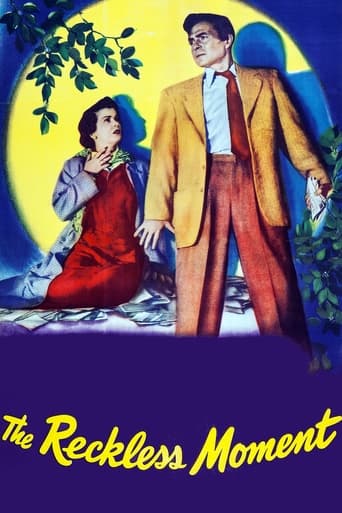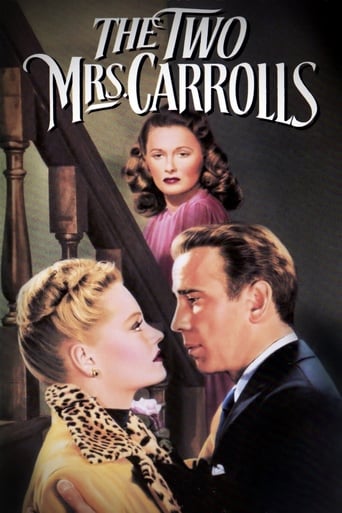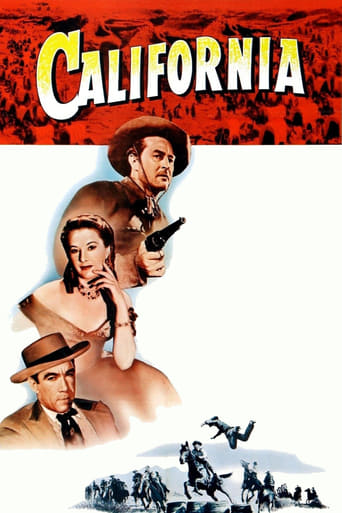


California
"Wicked" Lily Bishop joins a wagon train to California, led by Michael Fabian and Johnny Trumbo, but news of the Gold Rush scatters the train. When Johnny and Michael finally arrive, Lily is rich from her saloon and storekeeper (former slaver) Pharaoh Coffin is bleeding the miners dry. But worse troubles are ahead: California is inching toward statehood, and certain people want to make it their private empire.
-
- Cast:
- Ray Milland , Barbara Stanwyck , Barry Fitzgerald , George Coulouris , Albert Dekker , Anthony Quinn , Frank Faylen


Similar titles
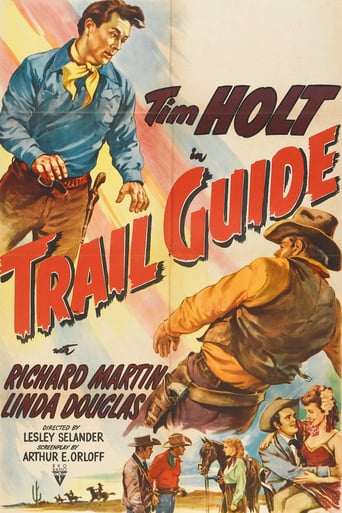
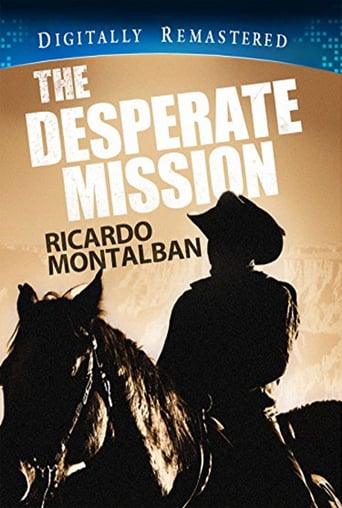
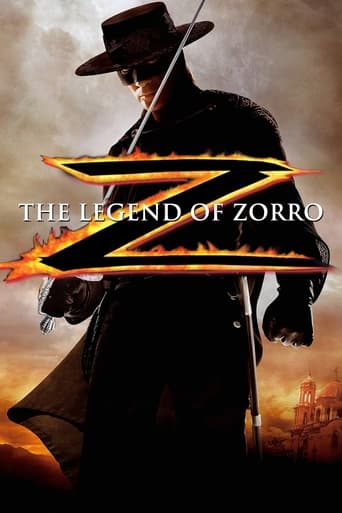
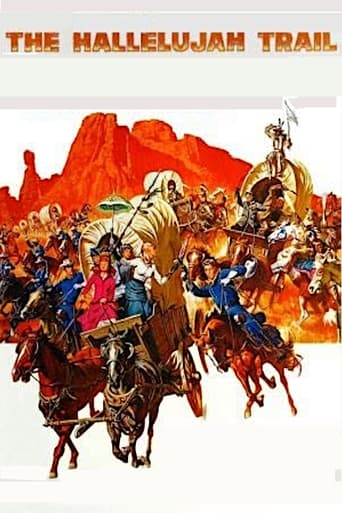
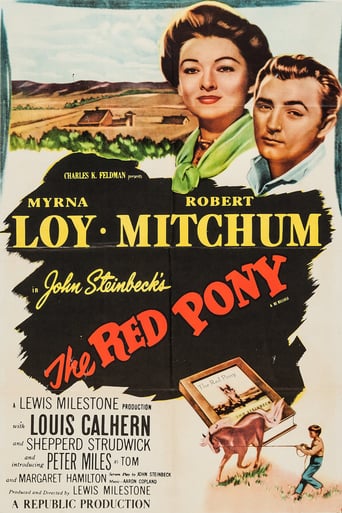
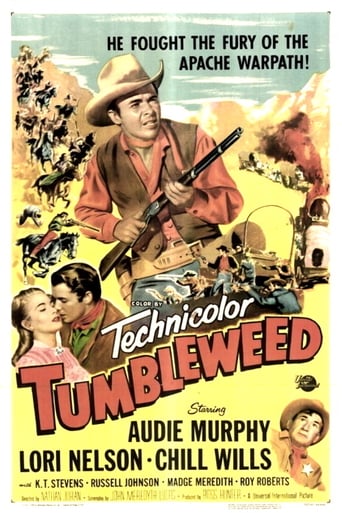

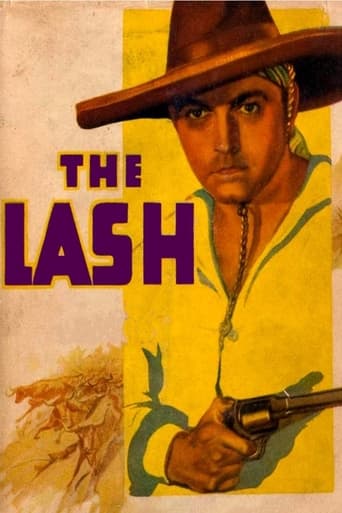

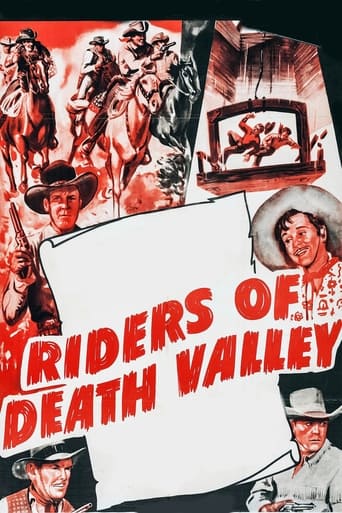
Reviews
the audience applauded
If you don't like this, we can't be friends.
It was OK. I don't see why everyone loves it so much. It wasn't very smart or deep or well-directed.
Fanciful, disturbing, and wildly original, it announces the arrival of a fresh, bold voice in American cinema.
Director: John Farrow. Producer: Seton I. Miller. Copyright 21 February 1947 by Paramount Pictures Inc. New York opening at the Rivoli: 14 January 1947. U.S. release: 21 February 1947. U.K. release: 14 April 1947. Australian release: oddly no official release date despite the fact that this was one of Paramount's prestige releases of the year. Sydney opening at the Prince Edward: 18 April 1947 (ran four weeks). 8,758 feet. 97 minutes.SYNOPSIS: A former slave trader's plans to make California his own empire are thwarted by a moralistic army-deserter and an idealistic grape-grower.NOTES: Stanwyck's first color film. Filmed on locations (including Sedona) in Arizona.COMMENT: Much admired by many critics, including my colleague Barrie Pattison who swears that California is "one of the supreme achievements of mankind". I am of a lesser opinion. True, Farrow's direction is wonderfully fluid, with at least four or five extremely long, extremely elaborate and complicated one-takes. But their dramatic impact is often dissipated by a faulty script which lets Farrow down on a number of fronts: Firstly, the narrative construction is oddly episodic, with various segments separated by surrealistic chorales. Now I'm all in favor of experimentation in the cinema, but it doesn't gel here. All this extolling the virtues of California by an off-camera chorus ("Get my bible and banjo... It's California, or bust!"), doesn't always sit too well with a petty tale of a gambling hussy on the wagon train. (Of course not all the singing is done off-camera. The wagon folks themselves render "I Should Have Stood in Massachusetts", while saloon singer Stanwyck — wearing gorgeous gowns — is expertly dubbed for "Lily-I-Lily-I-Oh" and the haunting ballad, "Said I To My Heart, Said I"). The second problem with the script is that, despite its length, characterization is so sketchy, it's hard to get involved with the principals. Milland doesn't help much. Acquits himself well enough in the action spots, true, but otherwise just glumly rattles off his lines. Stanwyck plays with more fire in her spirit, and looks mighty fetching in Technicolor, but the script gives her such threadbare cloth to fashion, it's no surprise her performance makes little impression. Ditto Barry Fitzgerald. The one player who does come across strongly is George Coulouris who makes his Captain Coffin not only truly menacing, but even truly human. Yet even here the script tries to undermine the character (what a pity the haunting of naked feet pattering across the deck is only alluded to but once). Fortunately, such is Coulouris' skill he manages to force our interest interest upon the captain right through to his anticipated end. The other villains are distinctly minor by comparison, but Dekker and Muir manage them ably.The script's third vice is its overly verbose dialogue. Practically all of Fitzgerald's part could go with no loss of interest or continuity, and the scissors could likewise be taken to some of the principals' exchanges, plus three or four small but unnecessary scenes. Alas, in the print under review, Rennahan's once-lustrous color photography is now somewhat less than satisfying. Some superb images remain, however. The panning shot of all the furniture thrown from the wagons to facilitate the gold rush, for example. A flawed film, but still vastly entertaining. Superb sets, and unstintingly lavish production values help.
this 1947 production is so boring to watch with shallow screenplay, bad scenario, elementary directing and, bad acting. the irritating sound track has made this skin-deep film more like a musical. this film at first tried to portray and beatify the endless pioneering wagon trains from the east to the west combined with annoying choirs sound track praising how beautiful California is, then once the scene turned up in California, it suddenly changed into a greedy and ugly political feud of two parties, one for statehood staying with the union, one wanted to become independent and became an empire itself. those characters played by so many actors and actresses, none of them are likable. the shallow and predictable storyline also made the viewing such a painful experience. there's nothing to be praised about or brag about.
Uggh! This film starts off very, very poorly with a sappy introduction that only can be believed if you see it. I really think it best if you skip the narration and singing and cut straight to the scene at the beginning of the film where the person is taking luggage off the stage coach! Unfortunately, the horrible singing returns at the 22 and 100 minute mark--and I found myself contemplating plunging a screwdriver into my ears to make it stop and I also felt rather envious of my deaf daughter! And, speaking of singing, at about the 29 minute mark, Barbara Stanwyck sings a song in a bar. It's obvious to anyone who's seen her movies and is familiar with her voice that this is NOT Stanwyck who is singing--the voice just isn't right.The film is purportedly about the founding of the state of California. It begins on a wagon train where Barbara Stanwyck hitches a ride after she's driven out of town for her wicked ways. Once there, she meets up with an instantly hates Ray Milland--and you know that means that eventually fall in love (old movie cliché #16). But this trip is disrupted by news of the discovery of gold and the trek west degenerates into an "each man for himself" affair! Once in California, bad-girl Barbara lands on her feet very well. She makes a fortune running a saloon/gambling den. She's also very friendly with the ever-slimy George Coulouris--a man who ALWAYS plays the most weasel-like and unsavory characters. While Stanwyck is bad, at least her gambling joint is on the level--everything about Coulouris is crooked and he is the evil boss-man who is behind claim-jumpings and killings (cliche #12). Later, the evil boss-man decides he doesn't want California to become a state, as he loves lawlessness. So much of the rest of the film consists of his paid baddies making life tough for the good folks.So what's going to happen next? Will Coulouris' reign of terror be ended? Will Ray break Barbara's evil spirit and make this philly his own (huh?!)? Will there be any major surprises in the film? By the way, there's one surprise in this film. Not only does Ray Milland play a cowboy(!), but he gets into a fistfight! This just seemed odd in light of the sort of person the Welsh-born Milland usually played. Fortunately for the sake of realism, Milland IS beaten to a pulp in this fight! I enjoyed his acting, but just could never picture him in westerns--let alone being a two-fisted brawler! Along for the ride are some nice character actors to give the film color. Barry Fitzgerald, Anthony Quinn and Albert Dekker are welcome supporting additions to the film.
If back in 1946 when California the movie was made, let alone in the 1840s when California came to the USA via the Mexican Cession, people knew what a sprawling entity California would become, the idea of a separate California country that George Coulouris wanted to have might have been the idea might have been sold. As it is now California has about 9% of the House of Representatives and a population and budget bigger than most countries.But we're back in the year of 1849 when trail guide Ray Milland is guiding a wagon train to the Pacific, to the newly acquired lands of the Mexican War. He's reluctantly allowed Barbara Stanwyck to travel with Barry Fitzgerald on the train. Stanwyck's been given a heave-ho out of town similar to what Claire Trevor got in Stagecoach. The two of them are mighty attracted to each other, but Milland thinks she's cheap and Stanwyck thinks he's stuck up.It tears it for Milland when Stanwyck upon reaching California takes up with George Coulouris, a powerful, rich, and mysterious former sea captain who gained his fortune in the slave trade. He's a mean one to cross and his ambitions include nothing less than carving out a separate California Empire with himself as head.So the political mixes with the personal as Milland fights Coulouris for California and Stanwyck.California was a big budget item for Paramount that year, the only thing it lacked was Cecil B. DeMille directing it. The film was shot on location in Sedona, Arizona in gorgeous technicolor, courtesy of Ray Rennahan. You have to remember that Milland had won the Best Actor Oscar for The Lost Weekend the previous year and Paramount was now trying to take advantage of that.Stanwyck loved making westerns and it sure shows here. This was Ray Milland's first starring western, he'd do a few more and not bad ones either. Fitzgerald steals the show of course in every scene he's in as the wise grape grower who sees vineyards in the Napa Valley as part of California's future.The whole thing is nicely directed by John Farrow. And of course Coulouris will creep you out with his brand of villainy. Catch it when it's broadcast.

